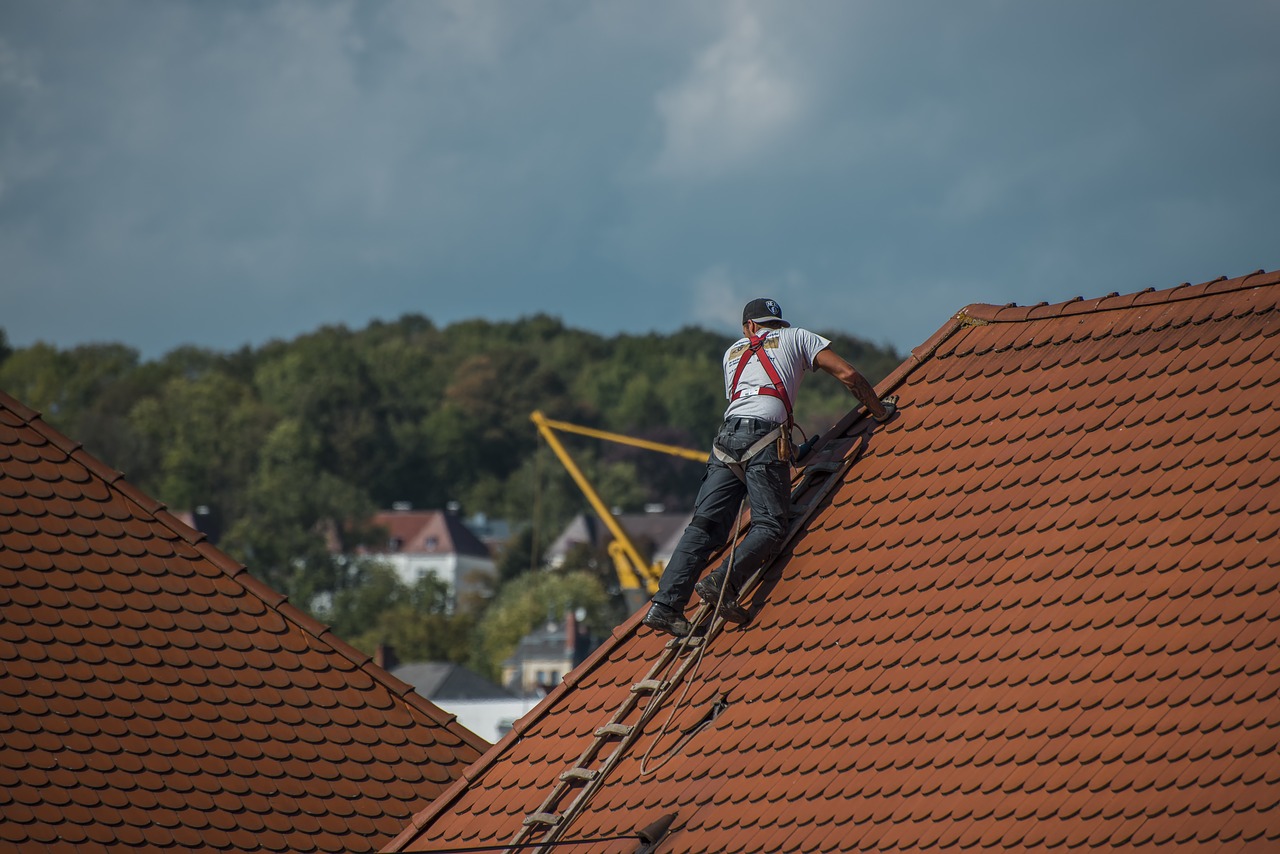
Properly installed downspouts are a crucial component of any home’s drainage system. They play an essential role in directing rainwater away from the foundation, preventing water damage and ensuring the longevity of your home. However, many homeowners overlook the importance of professional downspout installation, leading to costly repairs and maintenance down the line.
In this article, we will explore the key considerations and best practices for downspout installation. Whether you are a DIY enthusiast or planning to hire a contractor, understanding these principles will help you ensure that your downspouts function efficiently and effectively.
Downspout Installation in Canberra VIC
The Essentials of a Perfect Downspout Installation
To begin with, selecting the right materials for your downspout is paramount. Materials such as aluminum, galvanized steel, and copper each have their pros and cons. Aluminum is lightweight and easy to install but may not be suitable for areas with heavy rainfall. Galvanized steel offers more durability but requires regular maintenance to prevent rusting. Copper, while more expensive, provides a natural resistance to the elements and a unique aesthetic appeal.
Next, consider the size and placement of your downspouts. This depends largely on the size of your roof and the typical rainfall in your region. Generally, a larger roof area will require larger or additional downspouts to handle the volume of water. Proper placement is critical to ensure water is directed away from the foundation and does not collect near the home where it can cause damage.
Moreover, downspouts should be positioned strategically to channel water at least five to ten feet away from the house. Extensions may be necessary in some cases to achieve the desired distance. Installing splash blocks or drainage pipes can further aid in directing water away safely, preventing erosion and protecting your landscaping.
The installation process itself demands precision and attention to detail. Whether you are doing it yourself or hiring a professional, it is crucial to ensure that the downspout sections are securely attached and sealed to prevent leaks. Fasteners should be rust-resistant and spaced appropriately to support the weight of the water flowing through the system.
Proper tool selection is also essential for a successful installation. A level will ensure that your downspouts have the correct slope, usually at least a quarter inch per foot, to facilitate efficient water flow. Additionally, a sturdy ladder, metal snips, and a rivet tool can make the task more manageable and the finished product more reliable.
One common mistake to avoid is over-tightening brackets or bands, which can cause dents or other damage to the downspout material and potentially hinder the flow of water. Ensuring a snug fit without excessive force is key to maintaining the structural integrity of the downspout system.
More Resources
Regular maintenance is crucial for extending the lifespan of your downspouts. This involves periodic cleaning to remove leaves, debris, and any obstructions that might impede water flow. A clogged downspout can lead to overflowing gutters and potential water damage to your property, so regular inspections are highly recommended.
Additionally, it’s important to check the connections and seams for signs of leaks or wear. Any issues found should be addressed promptly to prevent minor problems from escalating into major repairs. Sealing gaps with silicone caulk and tightening loose fasteners can be an efficient way of ensuring your system is running smoothly.
Seasonal changes can also affect your downspouts. In colder climates, ice buildup can create blockages, and the freeze-thaw cycle can damage materials. Installing heat cables or increasing the slope can help mitigate these issues, ensuring your system remains functional year-round.
Mastering the Art of Downspout Installation
Choosing to hire a professional for your downspout installation can offer peace of mind and save you time. Experienced contractors will have the necessary expertise to assess your home’s drainage needs and recommend the best solutions. Furthermore, professional installation typically comes with a warranty, offering added protection against future issues.
When selecting a contractor, seek out references and reviews to ensure you are hiring a reputable professional. A well-documented history of successful installations and satisfied customers is a good sign that the company is trustworthy and capable of meeting your needs.
Discussing your specific requirements and expectations with the contractor can help avoid misunderstandings. Clear communication regarding timelines, costs, and materials will ensure that both parties are on the same page, leading to a smoother and more satisfactory installation experience.
Whether embarking on a DIY project or working with a contractor, understanding the principles of effective downspout installation can greatly benefit your home. A well-functioning drainage system not only preserves the structural integrity of your home but also enhances its value and aesthetic appeal.
Investing in quality materials and workmanship will pay off in the long run, protecting your home from water damage and reducing the need for ongoing maintenance. Keeping abreast of best practices and the latest developments in downspout technology can further enhance the effectiveness and longevity of your system.
In conclusion, downspout installation is a critical component of home maintenance that should not be overlooked. By taking the time to install and maintain your downspouts properly, you can safeguard your investment and enjoy a home that stands the test of time, regardless of what Mother Nature throws your way.
Comments
Post a Comment